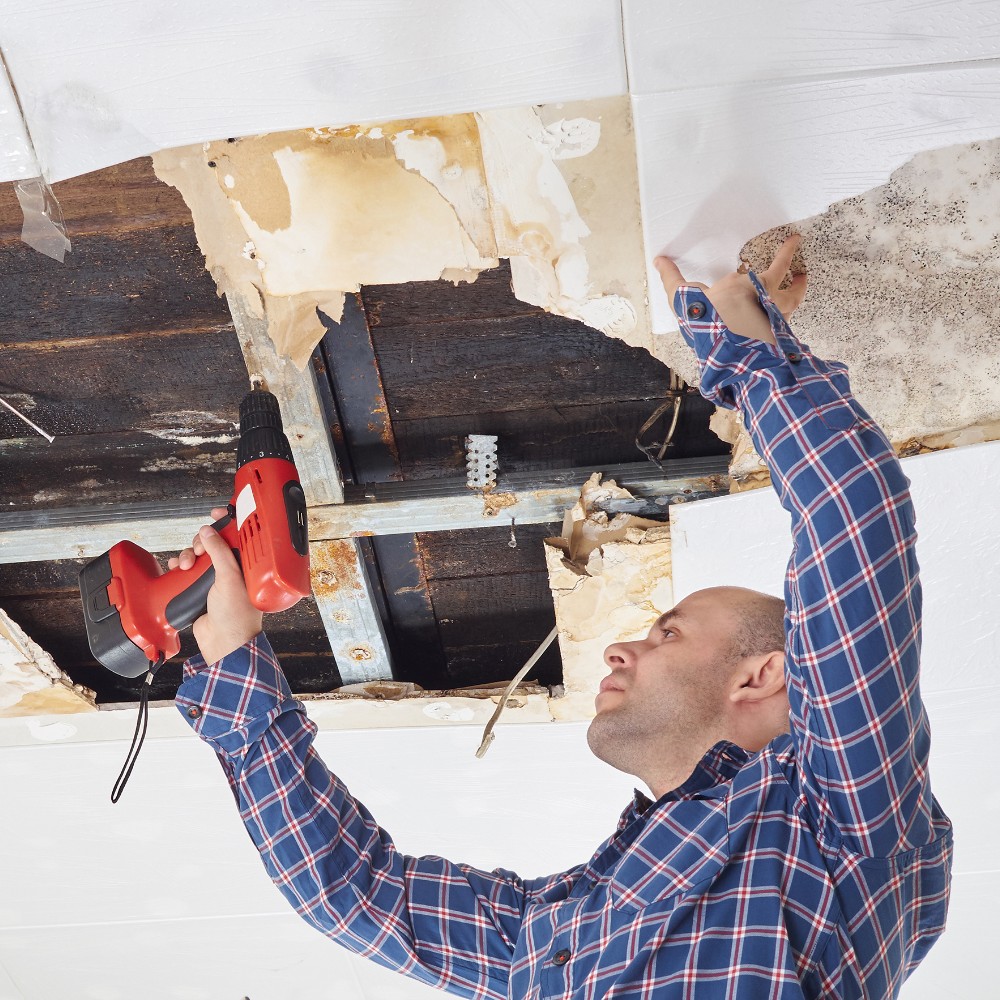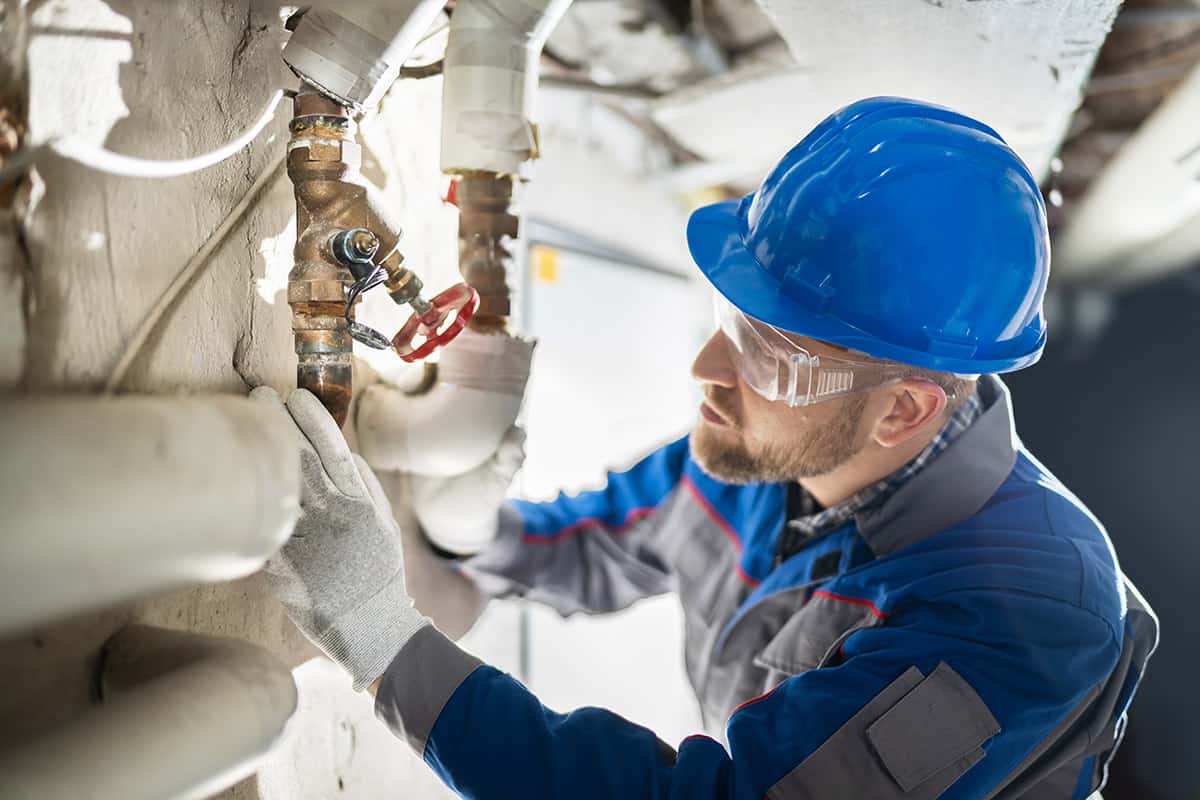What to expect from professional Water Damage Restoration
Water Damage Restoration 101: Comprehending the Process and Cost
Water damage can strike suddenly, leaving house owners in a state of complication. Understanding the reconstruction procedure is crucial for effective recuperation. From assessing the damage to picking the right solution company, each step impacts the total result and expense. Aspects such as the sort of water damage and necessity likewise play a considerable role. What are the details techniques utilized in restoration, and how can one get ready for prospective costs?
Sorts Of Water Damage

Initial Evaluation and Examination

Water Removal Strategies
Following the initial evaluation, efficient water removal techniques are utilized to alleviate damage and protect against further problems. These strategies entail the usage of specialized equipment such as submersible pumps and industrial-grade vacuums - Water Damage Restoration. The choice of technique depends on the quantity of water existing and the kind of materials affected. For standing water, completely submersible pumps are normally used for rapid elimination, while vacuum cleaners are perfect for removing water from carpets and furniture. In addition, progressed methods like water extraction floor coverings might be used for hard-to-reach locations - Water Damage Restoration. The goal is to remove as much water as feasible, lessening the possibility for mold and mildew growth and architectural damage. Prompt and effective water extraction is crucial in the general water damage restoration procedure
Drying and Dehumidification Process
When the water extraction is full, the drying and dehumidification procedure becomes crucial to bring back the afflicted location. This stage typically employs industrial-grade dehumidifiers and air movers to properly decrease moisture levels. The dehumidifiers pull in moist air, removing excess humidity, while air movers distribute air to increase evaporation. Tracking tools is frequently utilized to track moisture and temperature level degrees, making certain ideal drying out problems. The period of this process can differ depending upon the level of the water damage and environmental aspects. It is vital to completely completely dry all influenced materials, consisting of wall surfaces, floor covering, and furnishings, to stop mold and mildew development and structural damage. Proper implementation of this action is crucial for a successful restoration end result.
Cleaning Up and Sanitizing Damaged Locations
A thorough initial analysis and examination of influenced locations is crucial to determine contamination levels once the drying out procedure is total. Flood Cleanup Services. Reliable cleansing techniques and proper items need to then be employed to remove debris and stains. Sanitization and sanitation methods are essential to assure that unsafe microorganisms are removed, bring back the space to a risk-free problem.
First Assessment and Inspection
Prior to beginning any reconstruction initiatives, a detailed initial evaluation and assessment of the impacted locations are important for effective cleansing and sanitizing. This procedure includes determining the degree of water damage, identifying the resource of the water intrusion, and evaluating the products affected. Assessors normally look for indications of mold growth, structural stability problems, and harmed valuables. The analysis additionally includes inspecting dampness levels utilizing customized equipment to assure no surprise water pockets remain, as these can result in further issues. Documenting the searchings for is crucial for intending the following actions in the remediation process. A detailed first analysis makes it possible for repair experts to create a targeted technique for effective cleaning and sanitizing, inevitably lessening damage and health and wellness threats.
Cleansing Methods and Products
Efficient cleansing and sanitizing of water-damaged areas require a variety of strategies and products customized to the particular materials impacted. For porous surfaces like drywall and carpeting, removal approaches are vital to eliminate excess dampness, adhered to by deep cleaning with specialized cleaning agents. Non-porous materials such as tile or steel can be cleaned up using commercial-grade cleansers that effectively get rid of pollutants. Steam cleansing is one more reliable method, specifically for rugs and upholstery, as it utilizes high temperatures to eliminate microorganisms and mold (Flood Cleanup Services). Additionally, environment-friendly products are progressively prominent for their safety and efficiency - Water Extraction And Drying. Inevitably, selecting the appropriate cleaning methods and items not only guarantees prompt tidiness however additionally help in protecting against more damage and carcinogen related to water intrusion
Sanitization and Disinfection Methods
When addressing water damage, correct sanitization and disinfection approaches are necessary to ensure the safety and security and health of the damaged environment. After preliminary cleansing, surfaces must be treated with ideal disinfectants to remove microorganisms, mold, and germs that grow in moist conditions. Typical techniques consist of making use of EPA-approved chemical anti-bacterials, which can be used via spraying or cleaning techniques. In addition, ultraviolet (UV) news light systems can efficiently sterilize locations by counteracting microbes without severe chemicals. The option of technique usually depends on the type of materials impacted and the level of contamination. Eventually, thorough sanitization not only brings back a risk-free living area but likewise assists protect against future health dangers connected with lingering moisture and mold and mildew growth.

Repairs and Restoration Options
Reviewing the damage triggered by water direct exposure is vital for identifying the suitable repair services and remediation choices. House owners might encounter numerous issues, including damaged drywall, deformed flooring, and compromised structural elements. Depending upon the degree of the damage, repair services might entail changing areas of drywall, setting up brand-new floor covering, or reinforcing structural beam of lights. In situations of extreme damage, full substitute of affected materials could be required. Furthermore, expert restorers commonly recommend utilizing moisture meters to evaluate hidden moisture degrees prior to determining on the most effective course of activity. It is essential to act without delay to avoid mold and mildew growth and additional deterioration. Picking the right choices not only brings back the property but additionally assures long-lasting safety and security and performance.
Elements Affecting Restoration Expenses

The level of water damage directly affects the restoration costs home owners can expect to sustain. Elements such as the resource of the water, the period of exposure, and the afflicted materials substantially influence prices. For example, tidy water damage from a busted pipe is typically less expensive to recover contrasted to damage triggered by sewage. Additionally, the level of contamination dictates the requirement for specialized cleansing and disposal solutions, better enhancing expenditures. Geographic location also plays a duty, as regional labor rates and schedule of reconstruction services can differ. The necessity of the feedback impacts costs; quicker treatments typically lead to lower general costs by avoiding further damage. Understanding these elements is vital for house owners when estimating repair expenses.
The three primary types of water damage are classified based on contamination degrees: tidy water, gray water, and black water. A complete initial assessment and evaluation are essential steps in the water damage reconstruction process. For standing water, submersible pumps are generally utilized for quick elimination, while vacuums are optimal for removing water from carpetings and furniture. The level of water damage directly impacts the reconstruction costs homeowners can expect to sustain. Tidy water damage from a broken pipeline is typically less pricey to restore contrasted to damage caused by sewer.